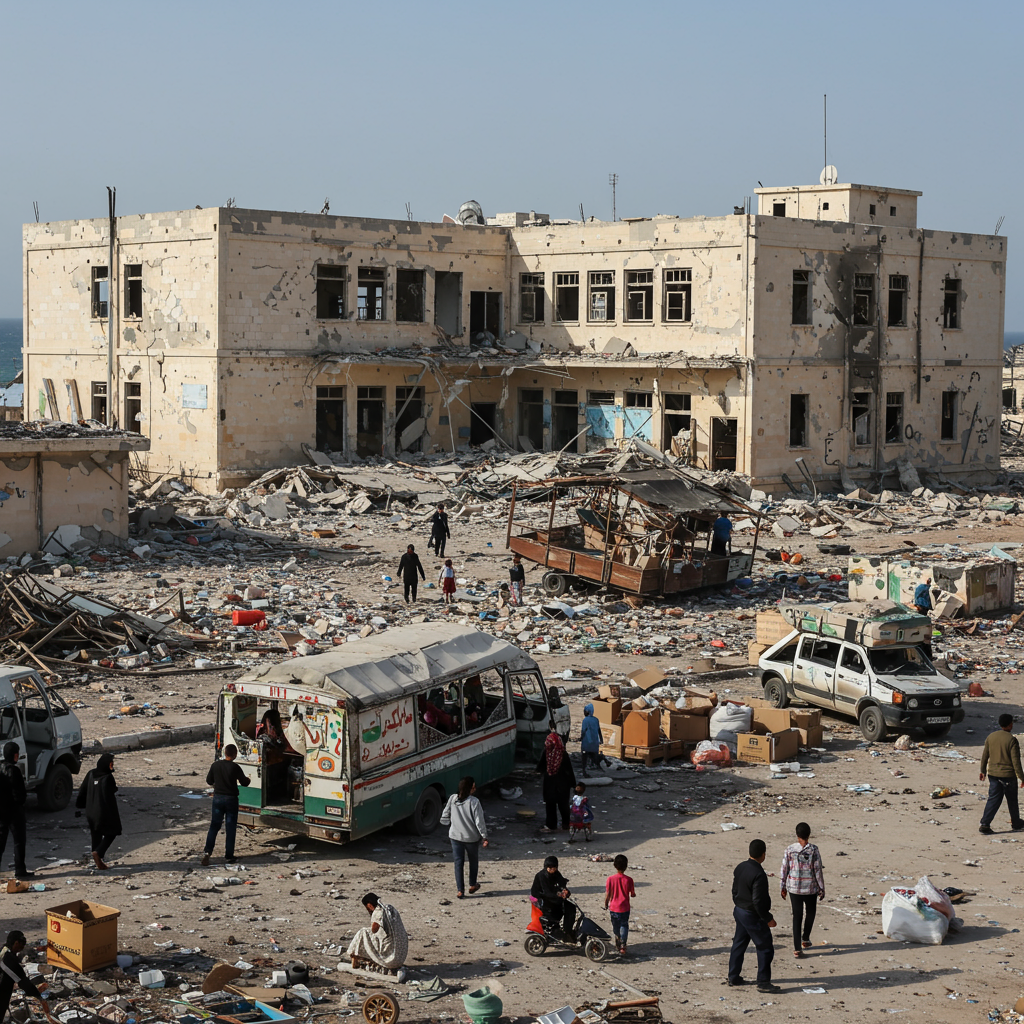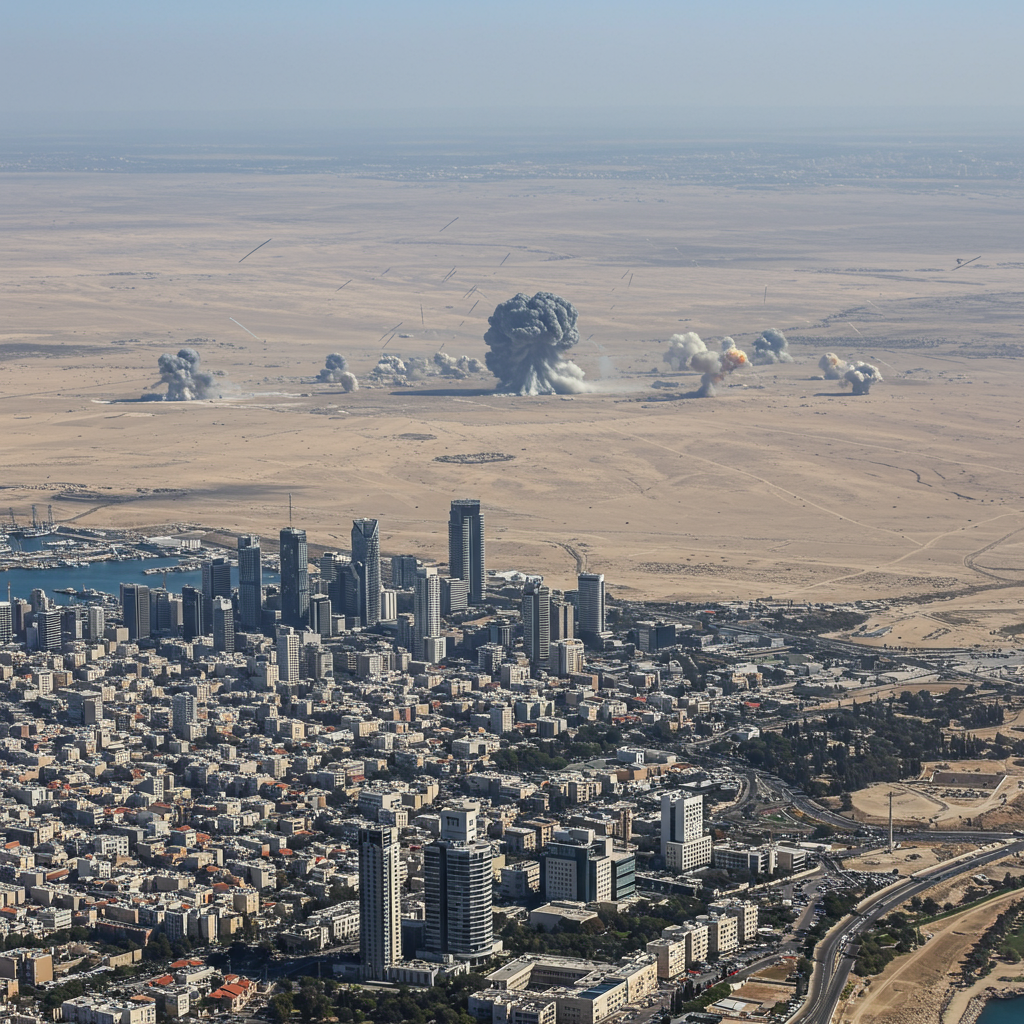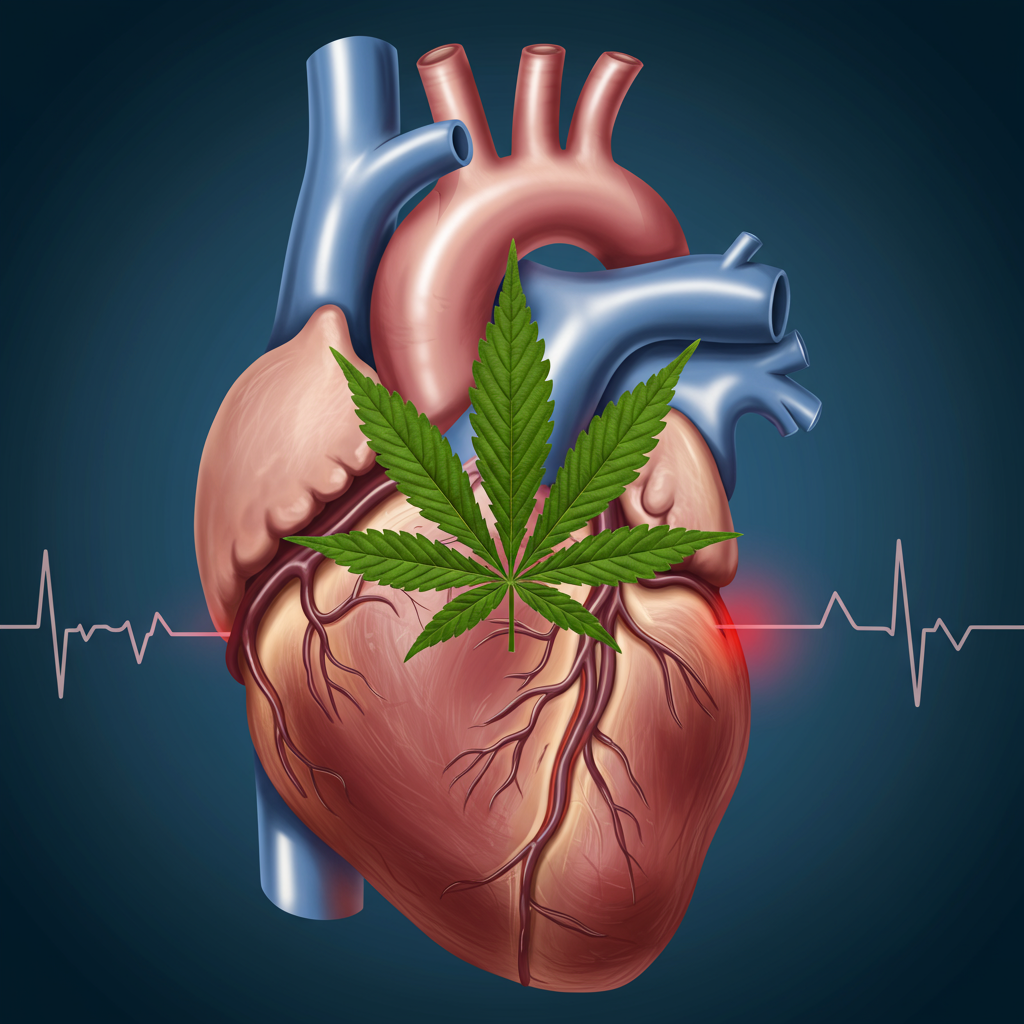Intense Israeli military actions across the Gaza Strip have reportedly killed at least 95 Palestinians in a single day, targeting sites described as civilian havens including a seaside cafe, multiple schools sheltering displaced families, and humanitarian aid distribution points. The attacks have exacerbated an already dire humanitarian crisis, drawing international condemnation and coinciding with renewed ceasefire negotiation efforts. This latest surge in violence highlights the devastating toll on the civilian population amidst the ongoing conflict.
Civilian Sites Hit Across Gaza
Reports detail a series of deadly strikes spanning northern, central, and southern Gaza. Among the most devastating incidents were attacks on places civilians sought refuge or essential supplies, underscoring the pervasive risk faced by residents. These locations included a popular cafe, a school filled with displaced families, and critical aid hubs. The high death toll reflects the intensity and widespread nature of the bombardments.
Deadly Attack on a Gaza City Cafe
One of the deadliest strikes occurred at the Al-Baqa cafeteria, a seaside cafe in northern Gaza City. Eyewitnesses and health officials reported at least 39 people were killed in the attack. The cafe was described as a vital gathering spot, one of the few still operating, used by journalists, students, artists, and families seeking respite from the heat and conflict.
Survivors recount a sudden, devastating strike. They described the scene as horrific, with bodies dismembered and the cafe flattened into a huge crater. Witnesses emphasized the location had no military or political affiliation and was packed with civilians, including women and children. Journalist Ismail Abu Hatab was among those killed, reportedly the 227th journalist to die in Gaza since October 2023.
Aid Distribution Points Under Fire
Humanitarian aid distribution sites, where desperate residents gather for food and supplies, also came under heavy attack. In the Zeitoun neighbourhood of Gaza City, an air strike on a food distribution warehouse reportedly killed at least 13 people attempting to get rations.
Further south in Khan Younis, another strike on aid distribution hubs run by the Gaza Humanitarian Foundation (GHF) killed at least 15 Palestinians and wounded 50 more who were waiting for food. The GHF is noted for being supported by the US and Israel. Reports indicate nearly 600 Palestinians have been killed at GHF sites since late May.
These incidents occur amidst disturbing reports. An Israeli news outlet, Haaretz, cited unnamed Israeli soldiers claiming they were ordered to fire on Palestinians near aid sites, using unnecessary lethal force. The Israeli military acknowledged civilian harm at aid centers, stating incidents were under review and instructions issued based on “lessons learned.” However, critics argue these sites have become “death traps.”
Shelters and Hospitals Targeted
Attacks also struck sites explicitly designated as shelters or medical facilities, further compounding the humanitarian catastrophe and challenging international law.
Bombing of a School Shelter
The Yafa school in Gaza City, sheltering hundreds of displaced Palestinians, was reportedly bombed. Displaced residents stated they received only a five-minute warning to evacuate before the attack. This provided minimal time for families, many already traumatized and having fled multiple times, to find safety. The feeling of abandonment and despair among those seeking refuge in schools is palpable.
Repeated Strikes on Al-Aqsa Hospital
In central Gaza, the courtyard of Al-Aqsa Hospital in Deir el-Balah was attacked. Thousands of displaced families had sought shelter within the hospital compound, living in tents. Videos verified by Al Jazeera showed chaos and damaged tents as people fled the blast.
An Al Jazeera reporter at the scene stated the attack was a “huge explosion” with no prior warning. This marks at least the tenth time the Al-Aqsa Hospital facility or its immediate vicinity has been targeted since the conflict began. Targeting healthcare facilities adds immense burden to an already crippled medical system, with most hospitals struggling or out of service. Gaza’s Government Media Office condemned the attack as a “systematic crime” threatening patients’ lives. The World Health Organization has documented hundreds of attacks on healthcare in Gaza since October 2023.
Broader Impact and Diplomatic Efforts
Beyond the immediate casualties, these attacks occur within a broader context of escalating violence, forced displacement, and a deepening humanitarian crisis. Over 80 percent of Gaza is now classified as an Israeli-militarised zone or under forced evacuation orders by the United Nations. New evacuation threats have been issued in northern Gaza, forcing residents to move again after previous military operations caused widespread destruction in those areas. Home demolitions are also reported in Khan Younis, raising fears of expanded ground operations.
The timing of these intensified attacks coincides with renewed international efforts to achieve a ceasefire. Israeli officials, including Strategic Affairs Minister Ron Dermer, were reportedly in Washington, D.C., for talks focused on a US push for negotiations. Key mediator Qatar has confirmed serious US intentions for a return to talks, though obstacles remain, notably the apparent reluctance of both parties to engage.
Palestinian and Egyptian sources indicate that mediators Qatar and Egypt have increased contact with both sides, but no date for new truce talks has been set. A senior Hamas official stated there had been no new ceasefire proposal from Israel for four weeks.
In Israel, Prime Minister Benjamin Netanyahu’s Security Cabinet was expected to discuss next steps in Gaza. Israel’s military chief recently claimed the current ground operation is nearing its goals, and Netanyahu suggested new opportunities existed for recovering captives held by Palestinian groups. However, on the ground, the violence persists, leaving civilians trapped amidst diplomatic maneuvering and military objectives. The daily carnage at aid sites and attacks on civilian infrastructure underscore the urgent need for protection and humanitarian access.
Frequently Asked Questions
What are the specific locations targeted in recent Israeli strikes in Gaza?
Recent Israeli military strikes on a single Monday reportedly targeted multiple locations across the Gaza Strip. Key sites hit included the Al-Baqa seaside cafe in northern Gaza City, a food distribution warehouse in the Zeitoun neighborhood of Gaza City, the Yafa school in Gaza City which was sheltering displaced families, the courtyard of Al-Aqsa Hospital in Deir el-Balah, and aid distribution hubs run by the GHF in Khan Younis.
What is the reported impact of these strikes on civilians and humanitarian efforts in Gaza?
The strikes resulted in at least 95 Palestinian deaths, including women, children, and journalists. The attacks significantly impact humanitarian efforts by targeting aid sites where civilians gather for essential supplies, leading to numerous casualties. Striking shelters like schools and the grounds of hospitals displaces already vulnerable populations and further strains the collapsing healthcare system. These actions exacerbate the severe humanitarian crisis, limiting safe areas and access to necessities.
How do the latest attacks in Gaza relate to ongoing ceasefire negotiations?
The recent wave of intense attacks occurred simultaneously with diplomatic efforts aimed at securing a ceasefire. Israeli officials were in Washington for talks with the US, which is reportedly pushing for a return to negotiations, a point confirmed by Qatar. While mediators are increasing contact, no date has been set for new truce talks. The ongoing violence complicates these efforts, highlighting the deep divisions and challenges in achieving a diplomatic resolution amidst continued military action.
The relentless targeting of civilian infrastructure and population centers paints a grim picture of the situation in Gaza. As diplomatic efforts continue, the humanitarian crisis deepens, with aid access hampered and safe zones dwindling. The high civilian death toll from these attacks on cafes, schools, and aid sites underscores the devastating impact of the conflict on ordinary Palestinians seeking safety and basic necessities.



